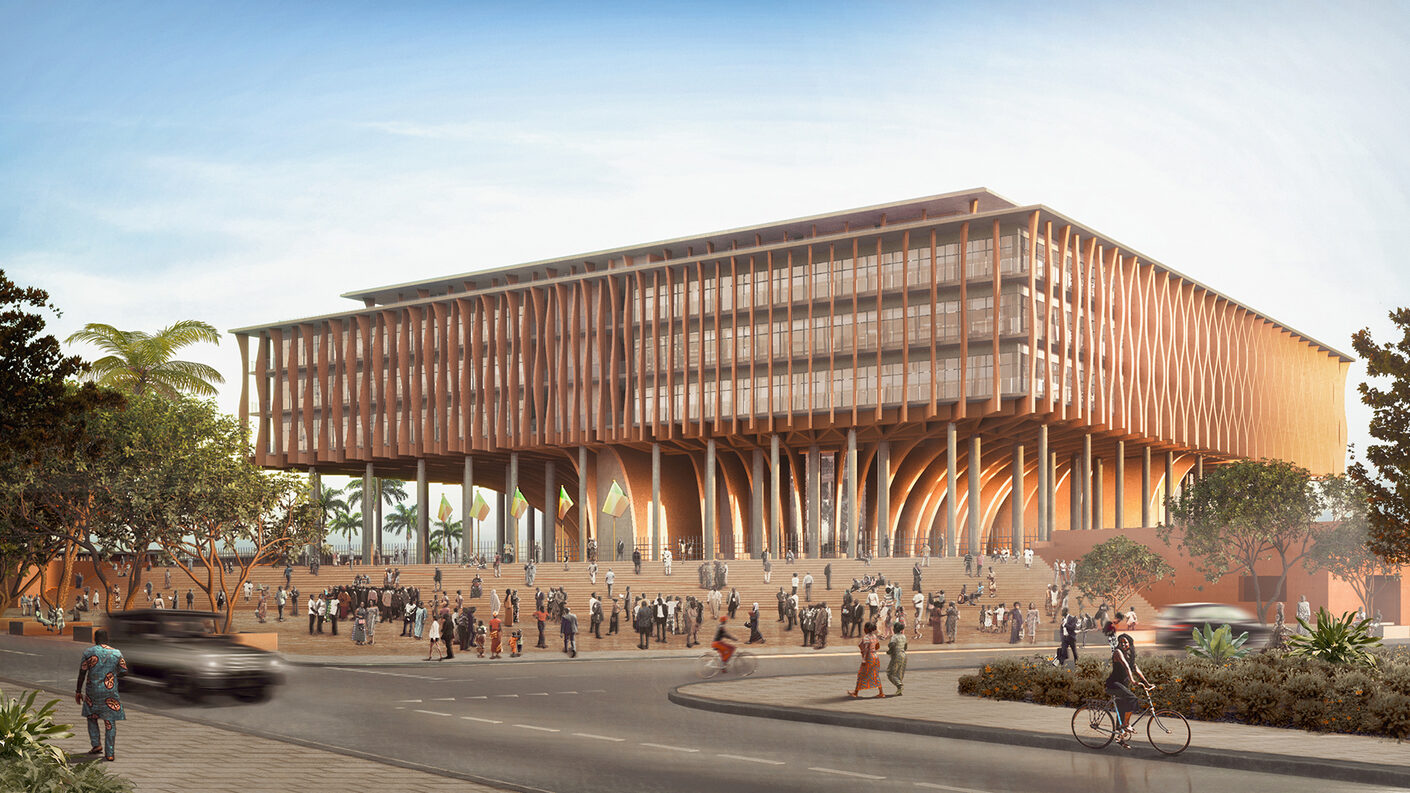
In the vibrant tapestry of Africa’s cultural landscape, traditional architecture stands as a testament to centuries of ingenuity and craftsmanship. From the sun-baked deserts of the Sahara to the lush jungles of Central Africa, the continent’s architectural heritage reflects a rich mosaic of cultural, environmental, and social influences.
Across Africa, traditional dwellings vary widely in design and construction, often adapted to local climates and resources. Mud-brick houses with their earthy tones and thatched-roof huts blending seamlessly with the natural surroundings are common sights in many rural communities. These simple yet elegant structures provide shelter from the elements while embodying a deep connection to the land.
In contrast, the continent is also home to elaborate palaces, grand mosques, and intricately carved buildings that showcase the wealth and power of ancient civilizations. From the Great Mosque of Djenné in Mali, with its distinctive adobe architecture and towering minarets, to the majestic Great Zimbabwe Ruins, a testament to the advanced engineering skills of the Shona people, Africa’s architectural wonders continue to inspire awe and admiration.
But perhaps what truly sets African architecture apart is its ability to adapt and evolve over time, seamlessly blending tradition with innovation. In cities like Lagos, Nairobi, and Johannesburg, modern skyscrapers stand side by side with traditional marketplaces and colonial-era buildings, creating a unique juxtaposition of old and new.
Yet, despite the rapid urbanization and globalization sweeping across the continent, traditional architecture remains a source of pride and identity for many African communities. It serves as a reminder of their rich cultural heritage and resilience in the face of change.
As Africa continues to chart its course in the 21st century, preserving and celebrating its architectural legacy becomes more important than ever. By honoring the past and embracing the future, Africa can ensure that its architectural heritage remains a source of inspiration and pride for generations to come.
